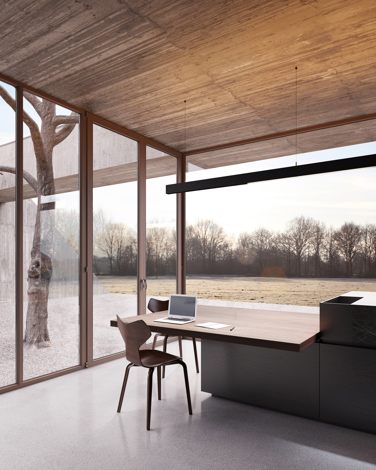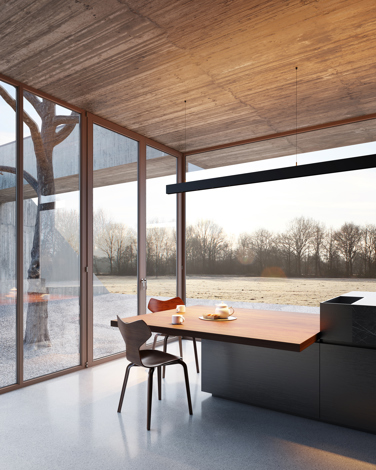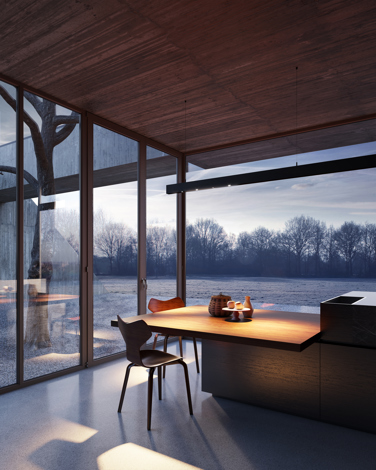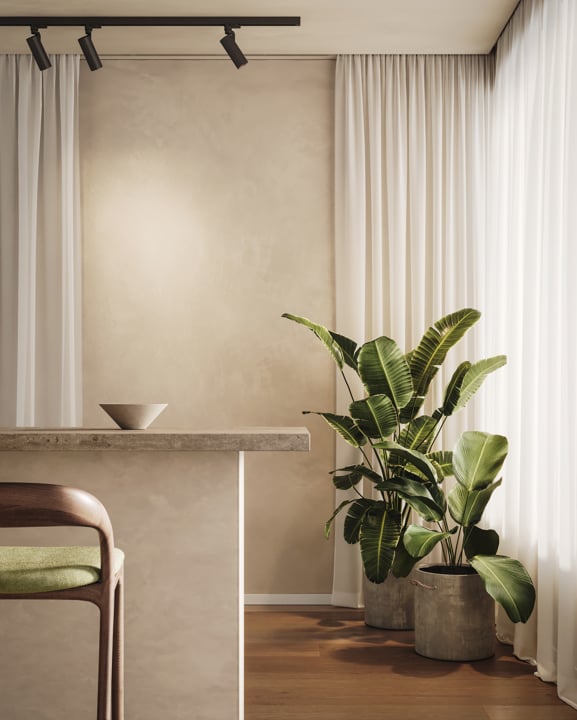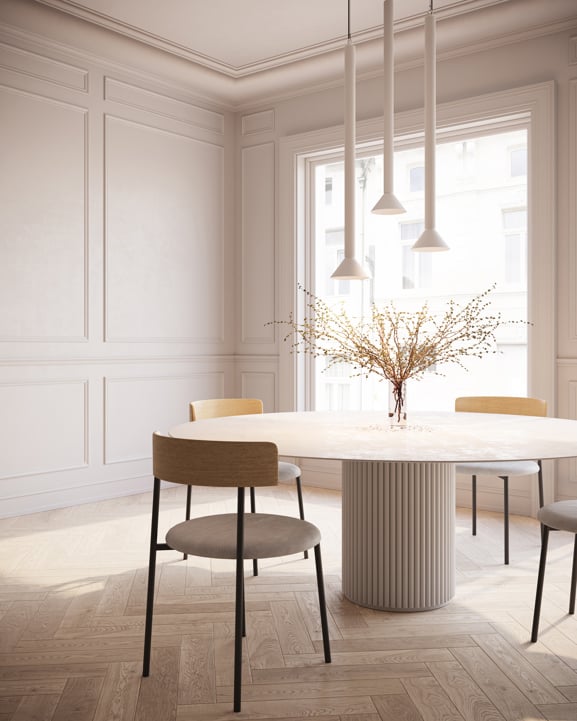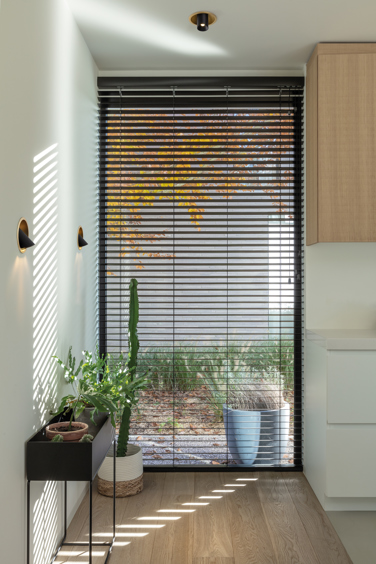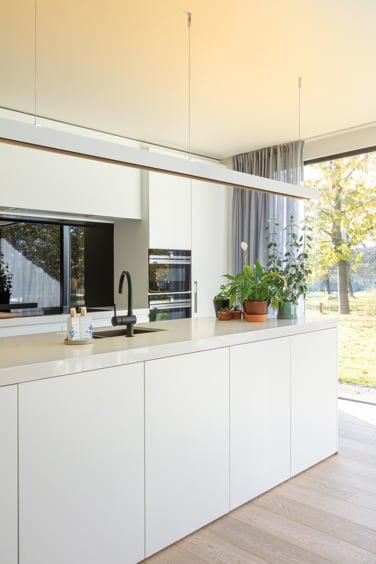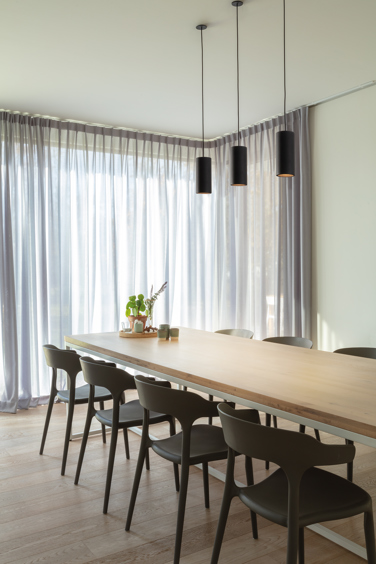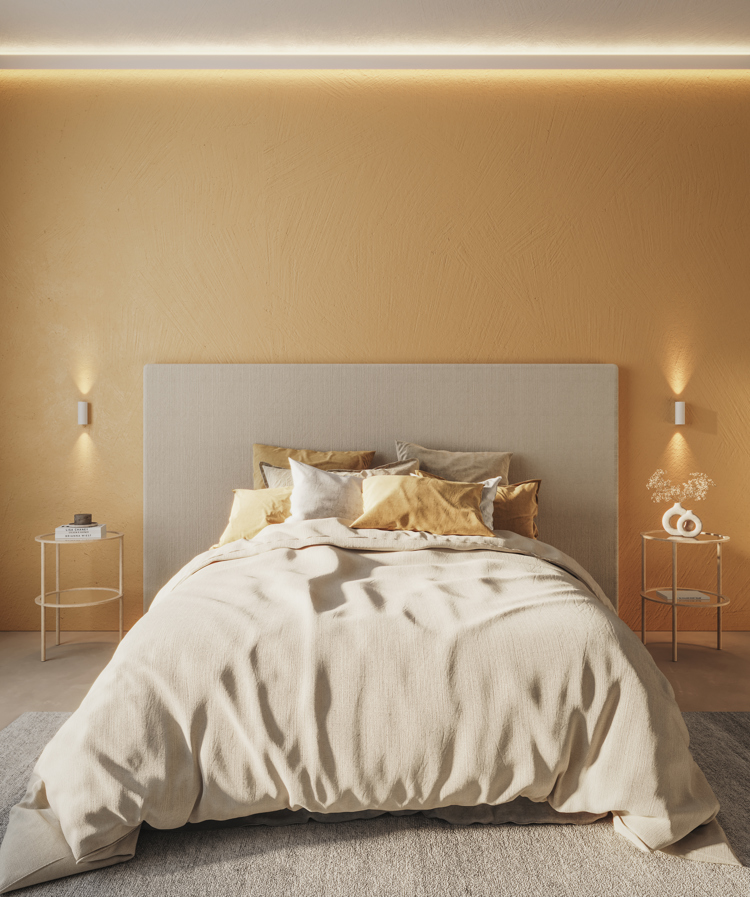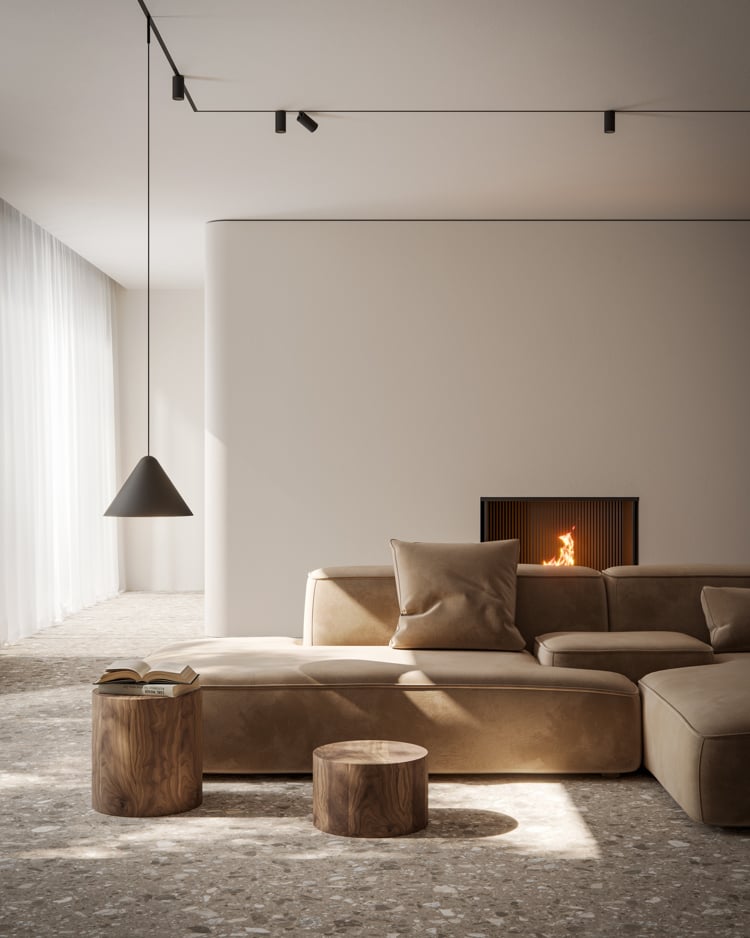Preparing food, cooking, dinner for two, studying, working, chatting over a drink, it can all happen here. The right lighting will make the experience even more immersive. Tiene
Lighting Designer, Modular Lighting Instruments
How to use lighting in the kitchen
Tips & tricks for the interior professional
The contemporary kitchen has transitioned from a space for preparing and enjoying food, to an extension of the living room. Another area for many kinds of activities, the kitchen is also best fitted with multi-functional lighting that is responsive to the human perspective.
Do's in kitchen lighting Don'ts in kitchen lighting
Do's for kitchen lighting
- Use diffused lighting for maximum visibility above the cooking area and worktop. Wide flood spots are a good alternative.
- Install LED strips under high cabinets to avoid dark areas, and to increase visibility when prepping food.
- Use luminaires that combine general lighting and accent lighting, like a track or a profile system – installed on multiple circuits.
- Go for multiple circuits to control luminaires individually or in groups, to cater to the task at hand.
- Point beams to cabinets and walls to create an indirect lighting effect.
- Use accent or pendant lights on the table to create an intimate space.
Don'ts for kitchen lighting
- Overdo it with general lighting. It could interfere with the mood you’re trying to create.
- Position surface-mounted luminaires in front of cabinets – the doors will be obstructed.
- Position light behind people's back, otherwise they’ll be working in their own shadow.
- Limit the lighting options by using just one type of lighting. Mix general and accent lighting.
- Work with one central lighting point. It will drastically limit the lighting possibilities.
- Underestimate dimming for the kitchen. Dimming is a must while food is cooking, or for dining or relaxing.
Need extra inspiration?
How to light your kitchen counter top.
Use a single electrical point to connect multiple luminaires. Never eat in the dark again.
Subscribe to our newsletter
Get inspiration content and access to resources for the interior professional.
